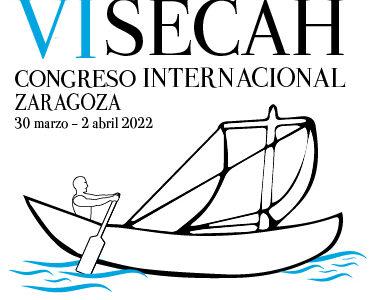News
|
VISECAH VI CONGRESO INTERNACIONAL ZARAGOZA (30 de marzo- 2 de abril 2022)

The river basins of the Eo and Navia and the trade of ceramic manufactures during Antiquity by Rubén Montes López and Ángel Villa Valdés
The rivers to the west of Cape Peñas are the main access routes to the inland valleys in the rugged Asturian regional geography. To the west, in the Cantabrian territories on the border between the province of Lugo and the province of Asturias, the rivers Navia and Eo offer safe places of refuge and points of connection with the itineraries that have structured these lands since Neolithic times. A singular space in the landscape of western Asturias, its geographical condition has marked its name since medieval times when it was referred to as Entrambasaguas or Honor del Suarón.
The aim of this proposal is to investigate the relevance of these rivers in the trade flows that supplied the demand for ceramic products generated among the Asturian-Galaic settlers of these lands, mainly inhabitants of the Iron Age fortified settlements, using the archaeological record provided by the excavated sites, which is relatively rich, as a result of the fruitful research carried out in the fortified settlements since the 19th century. Particularly useful are the specific studies on Roman pottery carried out over the last few decades, which allow a fairly precise approximation to the repertoire of the High Imperial period and a glimpse of the arrival routes to the different enclaves. In this sense, the archaeological work carried out at sites located in the coastal area such as Mohías (Coaña), El Esteiro (Tapia de Casariego) or Cabo Blanco (El Franco), as well as in the Eo basin (Os Castros de Taramundi), or in the Navia basin, In the case of Chao Samartín and Monte Castrelo de Pelóu in the middle basin and Pendia (Boal) or El Castelón de Coaña in the lower basin, this analysis can be undertaken with the solid support of a large amount of data, most of which has already been published. We present, therefore, a preliminary approach that will have to consider the diachrony of the productions and their persistence in domestic spaces or aspects such as the processes of growing inequality between settlements and individuals brought about in the traditional castreña society with its forced incorporation into the Roman provincial administration. |


